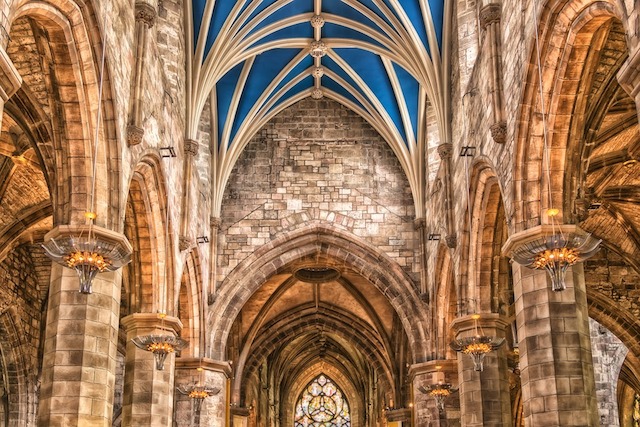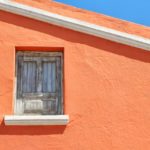Argentina Attractions: Opulence of Palacio Paz

In a last-ditch effort to see all of the major tourist attractions in Buenos Aires, my friend and I went to visit the Palacio Paz near Plaza San Martin. While I had seen the building’s French architecture from the outside on several occasions and heard about the ornate décor inside, I was still impressed by the “recorrida,” or tour through the social halls.
Built by Doctor Jose C. Paz in the early 20th century for his family, the construction took so long that the doctor himself never lived to see the finished product. Although seemingly extravagant, our tour guide assured us that the family simply wanted a practical house for the era. At the time, this neighborhood was filled with the crème de la crème of wealthy porteños thanks to the “modelo agroexportador” in which the main business model was to export grains and meat from the Argentina “pampas,” or countryside to feed the new factories in Industrial Europe (especially to England).
The accumulation of wealth for the “dueños,” or owners was so great that the Gross Domestic Product of Argentina exceeded that of France in 1907 and the Europeans used to joke “rico como un Argentino,” or rich like an Argentine. To reciprocate this mutual admiration, the Argentine fashion of the day was to recreate the lavish, elegance of Europe.
The wall motif included stone carvings, marble with streaks that looked as if they were drapes around entryways and much more.
As we entered the first of several large rooms, I couldn’t help but notice the similarity with the Hall of Mirrors at Versailles. Although smaller in size and scale, the likeness was apparent, and sure enough the inspiration was indeed Versailles. In fact, throughout the residence was a continuing theme of Louis XIV and French Style from the fleur de lys engravings in the foyer to the image of the “sun king” as the center of the “virtrales,” or stained glass in the most extravagant of the halls.
The “comedor principal,” or main dining room was a mix of decorative styles including neo-gothic, but what was most notable was the incredible detail of the woodwork. The cabinets, walls and fireplaces were all ornamented with a fantasy theme and included even the minutest details in the fantastical carvings.
After a quick viewing of the concert salon, which had excellent acoustics, but appeared rather plain in comparison with the other rooms, we moved on to Senior Paz’s office. This stately chamber was furnished in a style of resplendent grandeur since, according to the story, Senior Paz aspired to become the President of Argentina and turn the house into the President’s Residence. The office had a huge fireplace carved out of stone and a matching arch above the entryway.
Argentina Attractions: Opulence of Palacio Paz.
The final stop on the tour was the Gran Galeria de Honor, a circular room without furniture, yet more than enough decorative arts to make up for it. The room’s function was to announce noteworthy guests at parties and was intended to be a mingling space for a short time. The lack of furniture allowed a large number of people to fit comfortably standing in the room which was capped with a dome featuring a Louis XIV design.
Continuing the same theme as the ceiling, the floor’s mosaic pictured a sun with rays extending off towards the walls in all directions. The wall motif included stone carvings, marble with streaks that looked as if they were drapes around entryways and much more. The only way I can do the room justice is by including a photograph below.
As our tour guide, Alicia reminded us, despite the mix of architectural and interior styles, the one common element that bound the design together was the “neo” aspect. Each room’s style was “neo-something” indicating the desire to imitate European culture.
The Palacio Paz is a must-see and symbolizes the opulence of the turn of the century era. Few buildings remaining from this period are as well-maintained on both the inside and exterior. Other structures from the period include: Teatro Colon, the nearby Cancillería, The French and half of the Brazilian Embassy.
Opulence of Palacio Paz photo by Pixabay.








